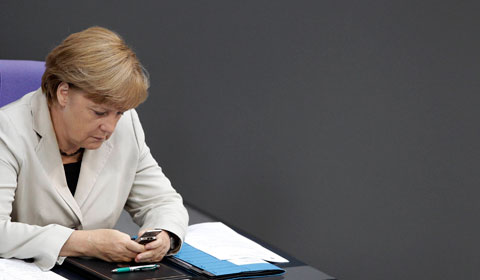A short account of a long tradition
Updated: 2013-10-25 07:03
By Jiang Xueqing (China Daily USA)
|
||||||||
Private banking in China began during the Ming Dynasty (1368-1644) when independent money houses were established to conduct currency exchanges, remittances, deposits and loans.
During the Qing Dynasty (1644-1911), businessmen from the northern province of Shanxi founded a number of financial institutions that specialized in money transfers, and later expanded their services to deposits and loans.
In 1906, Shen Manyun, a wealthy businessman from Wuxi in Jiangsu province, set up a private bank in Shanghai in collaboration with the iron and coal magnate Zhou Shunqing. With registered capital of 500,000 silver dollars, the currency at the time, the bank targeted the general public and encouraged small deposits. It was warmly received, attracting deposits of as much as 7 million silver dollars at one point.
The bank was later forced to close after providing financial support for Sun Yat-sen, whose revolution to overthrow the provisional president, Yuan Shikai, failed. However, the development of private banks did not end there; from 1907 to 1923, three private banks based in Zhejiang province were established or reformed their shareholding systems.
According to academic studies, approximately 390 domestic banks were founded from 1897 to 1937, 226 of which later closed. Many small, private banks went out of business due to their poor risk-avoidance capabilities.
In 1993, a meeting of leading Chinese entrepreneurs was held in Shandong province. The attendees suggested that a private bank should be established because obtaining loans had become one of the biggest challenges for private enterprises.
Three years later, China Minsheng Banking Corp, a national joint-stock commercial operation, was founded by Jing Shuping, a businessman and former chairman of the All-China Federation of Industry and Commerce.
When the bank was registered, 85 percent of its 1.38 billion yuan ($226 million) share capital came from non-State-owned enterprises.
The bank listed on the Shanghai Stock Exchange in 2000. By the end of June, the bank's general assets totaled 3.41 trillion yuan, its loans and cash advances were 1.48 trillion yuan, and deposits totaled 2.17 trillion yuan.
(China Daily USA 10/25/2013 page6)

 Giant duck to exit after drawing the crowds
Giant duck to exit after drawing the crowds
 Miss Universe 2013 to be held in Moscow
Miss Universe 2013 to be held in Moscow
 Ministry to begin inspecting most heavily polluted regions
Ministry to begin inspecting most heavily polluted regions
 Spy claims stir rebuke to Obama
Spy claims stir rebuke to Obama
 Paint the world a picture
Paint the world a picture
 World's first 1-liter car debuts in Beijing
World's first 1-liter car debuts in Beijing
 Latin American clown convention
Latin American clown convention
 Prince George baptized in London
Prince George baptized in London
Most Viewed
Editor's Picks

|

|

|

|

|

|
Today's Top News
US will stage foreign investment summit
Chinatown restaurants learn how to get an 'A'
Snuff bottle 'gems' on display at Met
Beijing airport set to become world's busiest
US firms urge easier process for investment
China calls for strengthened EU ties
Spy claims stir rebuke to Obama
Traders in Yiwu cashing in on e-commerce shops
US Weekly

|

|







